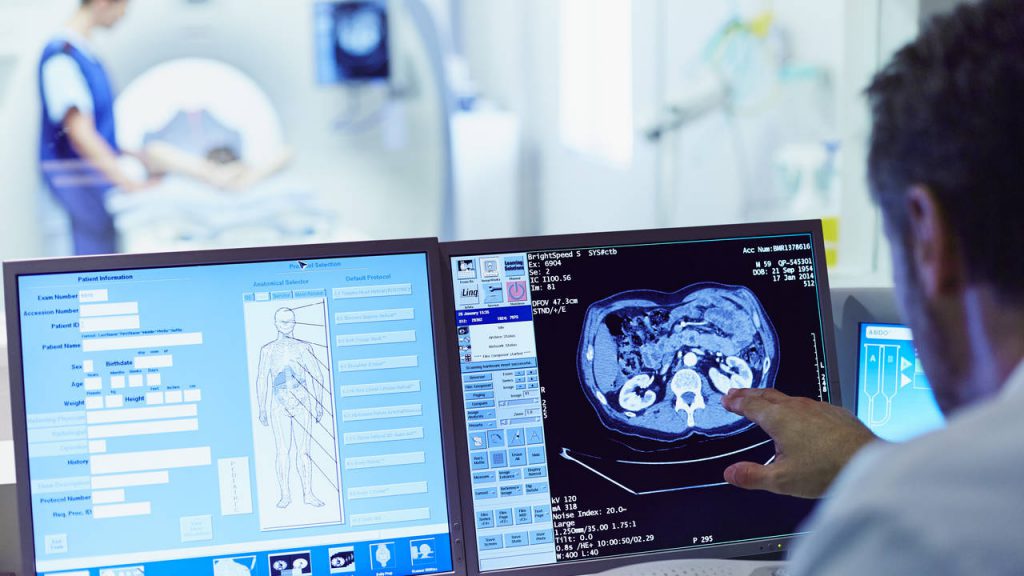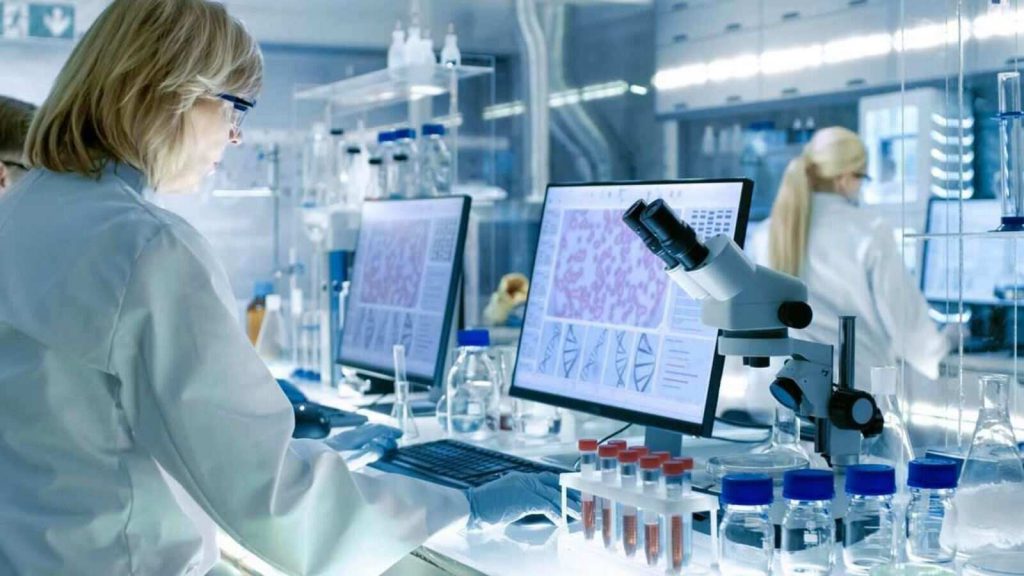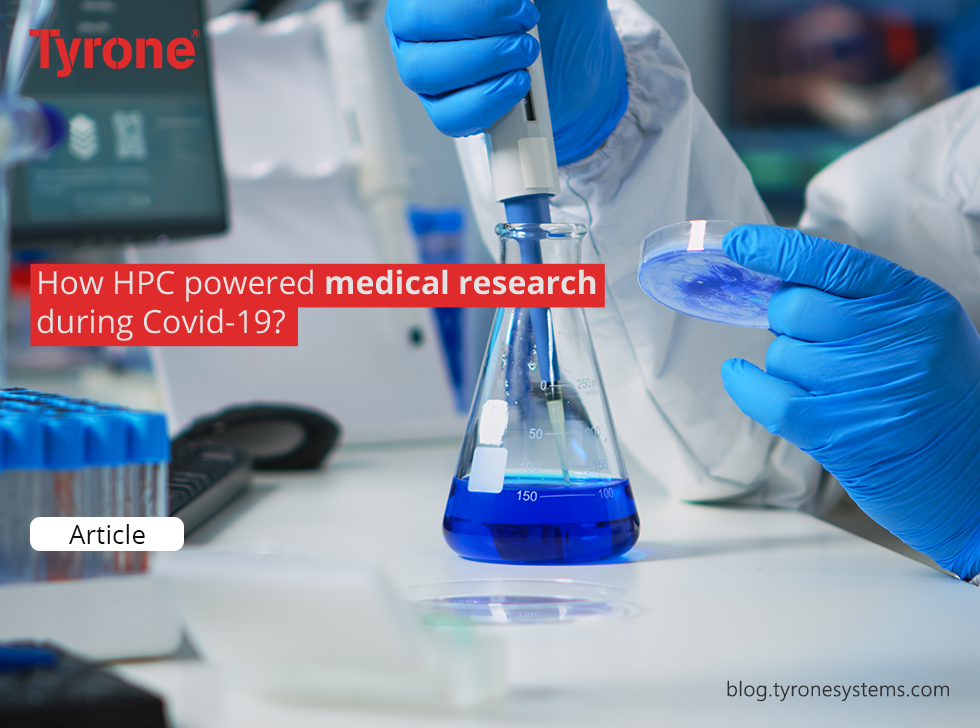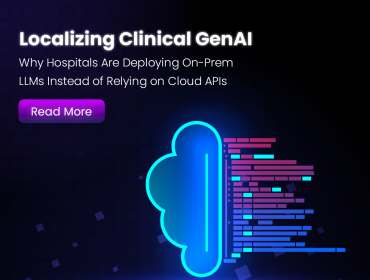Almost two decades ago, Asian countries were threatened by an infectious and lethal disease. The severe acute respiratory syndrome (SARS) outbreak spanned international borders for weeks, infecting thousands and killing almost 800 people, putting enormous strain on Asia’s linked systems.
Coronavirus tested the same systems, including healthcare, research, transportation, and logistics, in early 2020. Within a year, the virus that caused COVID-19, SARS-CoV-2, had spread throughout the continent and worldwide, inflicting devastation on practically every economy.
While nations’ responses to the present epidemic have varied, one fundamental reality has emerged: those who seize the chance to adapt and evolve will emerge stronger.
In the early days of the COVID-19 epidemic, scientists worldwide began using the immense potential of high-performance computers (HPC). They could handle vast amounts of COVID-19 data and mimic biological and chemical processes on supercomputers by running complicated mathematical models.
These simulations not only improved our understanding of the developing virus and how it infects humans but also cleared the path for the fast development of anti-viral therapies.
Please continue reading to see how Asian enterprises, governments, and colleges have used supercomputer solutions to power them through the epidemic.
How was HPC Involved in Test-kit Development?
To begin mass testing for Covid, a country must first acquire test kits. Responding to the appeal, Seoul-based biotech company Seegene utilized its supercomputer to produce a test kit in only a few weeks, releasing it even before other countries verified their first instances of the new virus. The real-time reverse transcription polymerase chain reaction (RT-PCR) test kit potentially detects viral genes in suspected patient samples.
Despite the lack of physical samples from patients, the scientists employed artificial intelligence to evaluate the SARS-CoV-2 molecular blueprint and build the necessary chemicals that would react with the virus’s genetic material to establish a susceptible test.

Role of Supercomputers in Infection Detection
COVID-19 is now recognized via RT-PCR testing, the gold standard for finding viral genetic material in clinical samples. If RT-PCR testing yields equivocal findings, chest computed tomography (CT), comparable to X-ray images, may be utilized instead.
However, doctors must spend significant time evaluating CT scans, posing a considerable bottleneck when these healthcare specialists are in short supply.
To bridge this gap, researchers at Tsinghua University in China developed an HPC-enabled artificial intelligence (AI) tool that can execute analyses in a matter of minutes, if not seconds. The supercomputer called in for assistance was Chinese e-commerce giant Alibaba’s Elastic High-Performance Computing (E-HPC) Solution for Life Sciences.
Sun Yat-Sen University researchers used E-HPCs to expedite data transfers to acquire more precise insights into the virus’s development. Meanwhile, a Peking University team used E-facilities HPCs to accelerate molecular docking assays, which examine how molecules fit together. With their huge computing capability, supercomputers are useful in expediting the identification of antibody and medication candidates to target the virus where it is most susceptible.
Unlike traditional models, HPC-powered models may examine hundreds of molecules at once, modeling how they can latch onto and disable SARS-spike CoV-2’s protein, which is essential for entering and infecting human cells.

Breaking the infection chain
In the year since the first COVID-19 case was reported in December 2019, almost 250 million instances have been registered, with Asia accounting for more than a quarter of that total. Tracing the chain of infection, even in asymptomatic cases, is critical for health professionals to quickly identify and reach out to anyone who comes into contact with possible carriers.
Because of their capacity to simplify contact tracking methods, supercomputers play a critical role in stamping out these transmission networks.
During the early phases of the pandemic, when case numbers in South Korea were increasing, the Korea Institute of Science and Technology (KIST) and the Korean Ministry of Science and ICT collaborated to create KIST’s Individual-based Simulation Toolkit for the Transfer Phenomenon. The technology uses high-performance computing to mimic the movement of people around the country, collecting data on the whereabouts of over 50 million people in South Korea.
Health professionals can alert suspected COVID-19 cases to undergo testing or self-quarantine measures by tracking illnesses back to specific ‘nodes’ or points of contact, breaking possible transmission chains.

Conclusion
As a virus spreads, it accumulates mutations that might result in mutated forms that are more infectious and lethal. SARS-CoV-2 is no exception, with the Delta type and Omicron type variants being at least twice as contagious as the original strain.
Scientists are working hard to understand the changing properties of the virus, like its genetic composition and the production of proteins crucial for host cell invasion. This is to guarantee that developing variations are reliably recognized and that vaccinations and therapies remain effective.
If the genetic codes reveal a tendency to harbor harmful mutations, the AI-driven system instantly raises a warning. Healthcare specialists and state authorities may take proactive actions to curb the spread of COVID-19 by anticipating probable mutations and variations faster than ever before.
Scientists and governments are working to achieve a future in which the pandemic is finally under control as supercomputers enable new solutions ranging from detection to medicine development. Similar to how COVID-19’s impacts are extensive, therapies against the viral illness have resulted from interdisciplinary efforts that bridge fundamental research and technical innovation.












